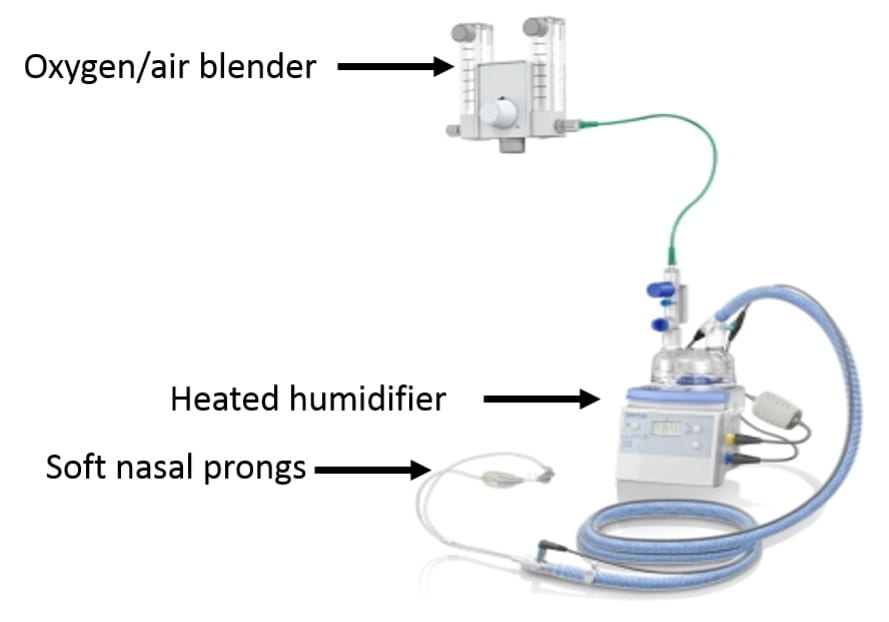“Impact of thrombolytic therapy on the long-term outcome of intermediate-risk pulmonary embolism” JACC, 2017, Europe
Question: Does thrombolytic therapy for submassive PE impact long-term outcomes?
Study Type: Long-term follow-up of a multicenter, double-blind, placebo-controlled trial
Study Population: Study focused on a subset of patients from the PEITHO trial (NEJM, 2012). In PEITHO, 1,006 adults with confirmed PE + RV dysfunction (on either TTE or CT) + elevated troponin I or T were randomized to heparin +/- a single weight-based intravenous bolus of tenecteplase. After a protocol amendment, consent was obtained from a subset of these patients to obtain 2-year survival data and prospectively conduct long-term clinical and echocardiographic follow-up.
Primary Outcome: Death from any cause at 2 years
Results: 709 patients included (70% of entire PEITHO cohort). Compared to patients without 24-month follow-up, patients in the study had a lower mean body weight (81.8 kg vs. 84.4 kg) and less prior VTE (25% vs. 32%). Patients in the follow-up cohort had a mean age of 66.6 and 8.2% had active cancer. Overall, treatment with tenecteplase was not associated with any improvement in long-term outcomes. Notable results (tenecteplase % listed first): death from any cause between randomization and 2-year follow-up (20.3% vs. 18%), persistent clinical symptoms (36% vs. 30%), NYHA class III or IV dyspnea (12% vs. 10.9%), 1 or more echo indicators of pulmonary HTN or RV dysfunction (44.1% vs 36.6%), PASP (31.6 vs. 30.7)
Caveats: Only included a subset of the PEITHO cohort, only 40% of included patients had TTE f/u, up to 33% of patients had missing data for various endpoints, outcomes not stratified by submassive risk (i.e., rising troponin, progressive hypoxemia, etc), duration to determine risk of CTEPH may not be long enough to truly identify people who develop the disease.
Take-home Point: Among patients with submassive PE (defined by the presence of RV dysfunction and elevated troponin), systemic thrombolytics does not appear to improve long-term mortality, functional outcomes, or rates of pulmonary hypertension compared to anticoagulation alone.
Commentary
– Despite the limitations noted above (I am not sure why assessing long-term outcomes was not a pre-specified aim of the study before it started), this is an important article.
– The PEITHO study remains the highest quality trial of thrombolytics for submassive PE. In that trial, lytics decreased the risk of a composite endpoint of hemodynamic collapse or death within 7 days (3% with lytics vs. 6% with placebo driven almost entirely by a decrease in hemodynamic collapse) at the cost of an increased risk of bleeding including ICH (2% with lytics vs 0.2% with placebo for ICH). Important also to recognize that the inclusion criteria for PEITHO were VERY liberal – all you needed was a +trop and some evidence of RV dysfunction. Many would argue that a large # of PEITHO pts should never have been given lytics at all.
– Based on very flawed studies (TOPCOAT, MOPPET), many clinicians give lytics for submassive PE with the goal of improving functional status and decreasing the risk of CTEPH. The results of this article should temper enthusiasm for such a strategy as there was no signal in any of the outcomes assessed that lytics was beneficial.
– This study does not specifically address catheter-directed therapy nor does it help answer whether lytics are beneficial in particularly high-risk patients (rising troponins, mild hypoxemia, relative hypotension, rising lactate, etc.).
– In summary, there is potentially (likely?) a role for lytics in a very high-risk group of patients with submassive PE but accumulating evidence suggests that when lytics are given to all patients who meet criteria for submassive PE, they increase rates of bleeding and provide little short or long-term benefit.


